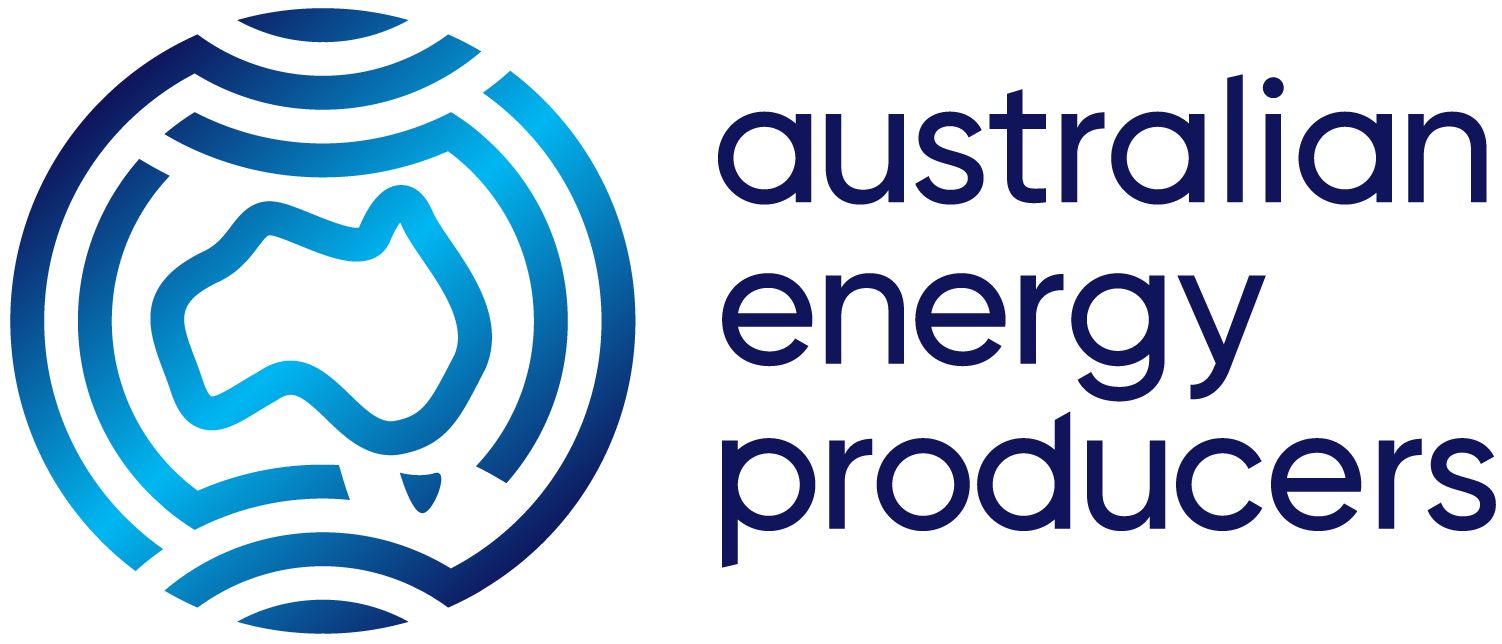19 Nov 2021
Media release: Western Australian gas could be worth more than an AFL Grand Final every day of the year
The Western Australian gas industry has the potential to add more value to the state’s economy than hosting an AFL Grand Final every single day for the next twenty years*, according to a comprehensive new independent report released by the Australian Petroleum Production & Exploration Association.
APPEA Chief Executive Andrew McConville said the report The economic contribution of Western Australia’s oil and gas industry by consulting firm EY showed that WA’s natural gas advantage has the potential to turbocharge Western Australia’s economy for years to come.
“The AFL Grand Final was a one-off economic bonus for Perth but this could be like holding the AFL Grand Final every day in Western Australia for the next twenty years, that’s how much natural gas could mean to the state’s economy going forward,” Mr. McConville said.
“Gas means jobs, gas means cleaner energy and gas means economic prosperity, particularly in regional Western Australia.
“The report shows our state has already benefited greatly from reliable and affordable natural gas supplies, adding $220 billion to the Western Australian economy over the last decade. It also predicts a similarly bright future, with high demand for cleaner energy in Asia maintaining demand for WA gas exports as developing countries in particular look to switch from coal to gas to reduce emissions.
“In fact, EY found that with the right policy settings a further $90 billion could be invested in the Western Australian oil and gas industry over twenty years, generating an additional $439.9 billion to WA’s Gross State Product (GSP) under a high growth scenario**.
“The benefits of this investment are particularly pronounced in the short-term as projects are constructed, with up to 9,700 full-time jobs created in 2027 under a high growth scenario, and 8,300 jobs in 2040.
“Even under the low growth scenario***, the contribution to GSP is estimated to be $236.6 billion over the 20-year period.
“To put these numbers into perspective, the annual tax revenue generated by these new projects would be $5.8 billion – enough to fund the new Women and Babies Hospital, a new desalination plant, the Tonkin Corridor upgrades, and 50 new primary schools and 500+ teachers.”
APPEA’s Western Australia Director Claire Wilkinson said, “The economic benefits are substantial, but this will also benefit the environment. The Glasgow Climate Pact agreed at COP26 only reinforces that, as countries switch from coal-fired power to lower-emissions, natural gas is well placed to provide the reliable, affordable energy that they need.”
“The Australian Government estimates Australian LNG exports have the potential to lower emissions in LNG-importing countries by about 166 million tonnes of CO2-equivalent (Mt CO2‑e) a year by replacing higher emissions fuels. That equates to over a third of Australia’s total annual emissions.
“Natural gas has only half the greenhouse gas emissions of coal when used to generate electricity and it can do things renewables simply cannot do such as provide the high temperatures and essential feedstock needed to produce manufactured products like fertilisers, cement, steel and plastics.
“In addition, our industry is making billion-dollar investments in emissions-reduction technologies. The oil and gas industry has the technology, skills, experience, and commercial relationships to develop a world-scale hydrogen industry both domestically and for export, as well as critical decarbonisation technologies like carbon capture and storage.”
* thewest.com.au/business/afl-grand-final-tipped-to-deliver-50m-economic-boost-to-wa-ng-b882016938z
** High growth scenario — This scenario builds on the low growth scenario and includes Western Australian oil and gas investments and associated production yields for projects that are considered prospective, but which have higher development uncertainty and have not yet secured firm commercial commitments. It highlights a visible frontier of resource development and industry expansion that could be realised under favourable policy and market conditions.
*** Low growth scenario — This scenario encompasses investment and production for Western Australian oil and gas projects that are currently under development or have a high level of investor commitment. The scenario, which also includes capex to sustain existing facilities and fields, represents aggregate industry activity if oil and gas businesses maintain existing portfolios and deliver already locked-in production expansion plans, but do not move beyond a near term growth trajectory.
Read the report here.

